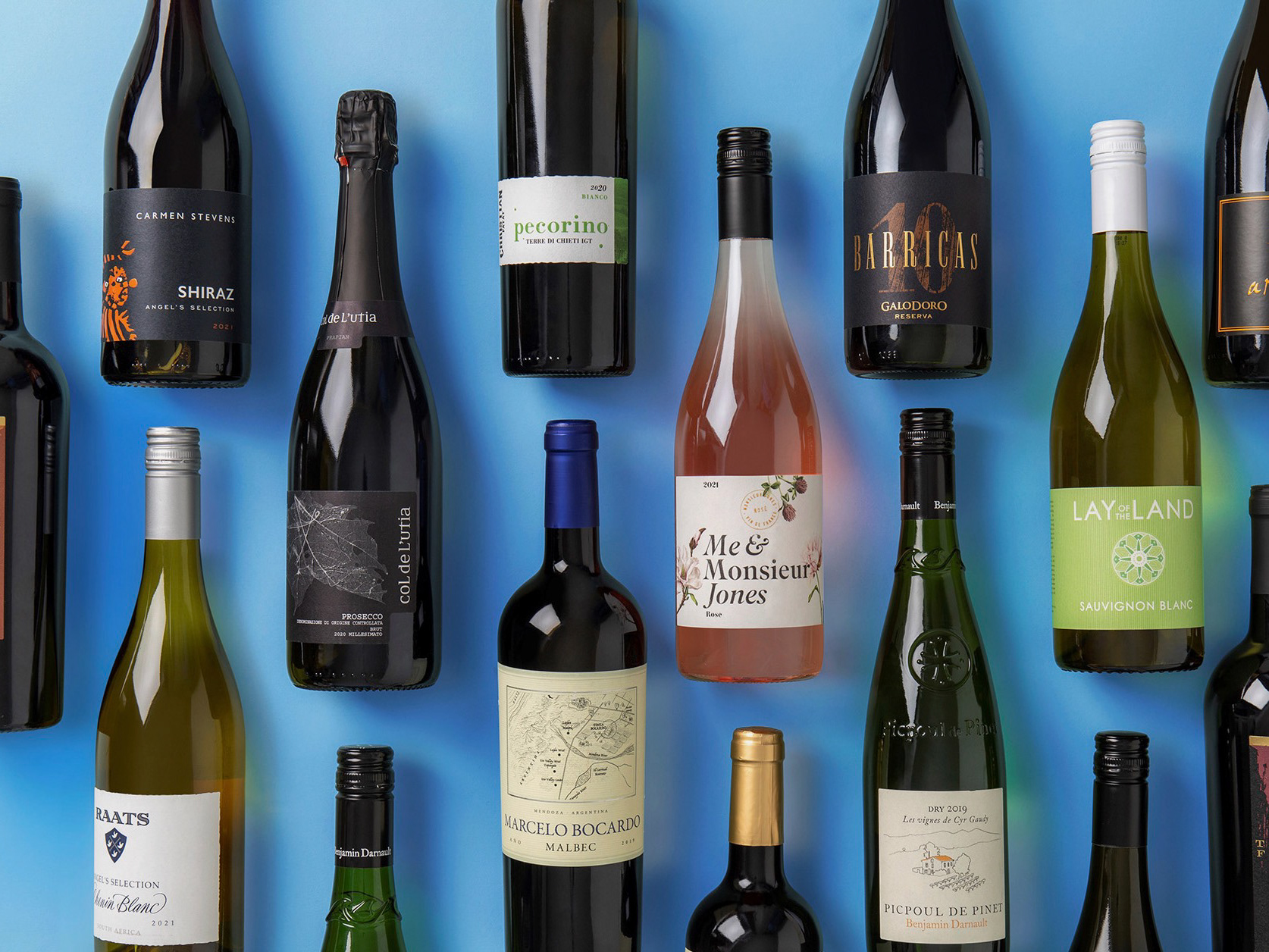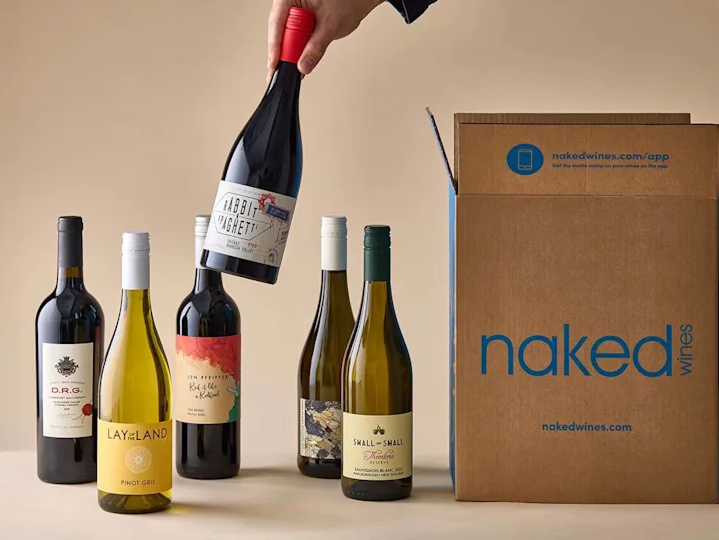Overview
As part of a wider digital transformation initiative, I led the redesign of our search experience across our website and app. The goal was to replace an outdated, unsupported search engine with a more intelligent, self-learning solution that could deliver faster, more relevant results and ultimately make product discovery effortless for users.
Role: Product Designer (UX/UI)
Team: Developers (Back-end, Front-end & Flutter), QA engineers, Product Manager, Product Analyst, Stakeholders
Timeline: 6 months
Tools: Figma, Miro, Amplitude, Algolia, Smartlook
Team: Developers (Back-end, Front-end & Flutter), QA engineers, Product Manager, Product Analyst, Stakeholders
Timeline: 6 months
Tools: Figma, Miro, Amplitude, Algolia, Smartlook
The problem
The existing search engine had become a major friction point in the customer journey. It was slow, unreliable, and lacked any self-learning capability - meaning it didn’t improve over time or adapt to how users actually searched.
Key pain points included:
• Irrelevant search results and missing products
• Inconsistent experiences across the website and app
• Rigid filtering and sorting options
• Lack of actionable insights for merchandising and analytics teams
These issues led to frustrated users, abandoned sessions, and a growing dependency on customer support to help people find products manually.
Discovery & research
We began by understanding how users searched, what they expected, and where the current experience fell short.
Our process included:
• Analytics review to uncover search terms with poor results and identify underused features
• Stakeholder interviews with merchandising and content teams to understand internal pain points, their merchandising workflows, and their ideal future-state experience
• Competitor benchmarking to identify best practices and opportunities for differentiation
Key insights:
• Most competitors’ search engines “understand” what users want - including typos, synonyms, and natural phrasing
• Search needed to adapt to real user behaviour, not rely on static keyword matching
• Results should feel personalised and relevant to each user’s intent
• Merchandising teams lacked control and visibility, relying heavily on developers for manual adjustments
*Metrics have been intentionally blurred to protect internal data.
Design & solution
Working closely with developers and the product manager, I helped define the design direction and UX flow for the new search system.
Key improvements included:
• Self-learning search engine: Using a machine-learning platform to surface more relevant results based on user behaviour.
• Smarter auto-suggestions: Helping users find what they need faster through popular searches and dynamic results.
• Consistent experience: Unified design patterns across web and app for a seamless journey.
• Improved filtering and sorting: Enabling more intuitive refinement of results.
As this was only phase 1, we introduced:
• Redirects for key, high-volume search terms
• New ‘no results’ pages offering onward journeys to reduce user frustration
• Improved analytics tracking for search terms, performance, and zero-result rates, giving both design and merchandising teams the data they previously lacked
Implementation & collaboration
This project required deep cross-functional collaboration. I worked closely with:
• Developers – to validate technical feasibility and iterate on search engine behaviour
• QAs – to test UI consistency and functionality across devices
• Product analysts – to investigate pre-launch data and help define success metrics
• Stakeholders – to align business goals, prioritisation, and roll-out phasing
We followed an agile approach with design reviews, demos, and a realistic phase 1 release, ensuring every decision was validated and improvements were continuously monitored.
Results & impact
Following the phase 1 launch, the impact was immediately visible.
Outcomes included:
• Improved search accuracy and relevance
• Higher engagement with search-driven sessions
• Better analytics visibility for merchandising and content teams
Beyond metrics, the new search established a strong foundation for ongoing learning and optimisation.
Reflections & learnings
This project reinforced the value of collaboration and data-driven design. Balancing user needs with technical and business constraints was a rewarding challenge and deepened my understanding of how intelligent systems can elevate UX at scale.
While the new search experience was a major step forward, we had to make some compromises due to scope and dependencies. These constraints highlighted that improving search isn’t just about the engine - it’s about designing the whole ecosystem around it.



